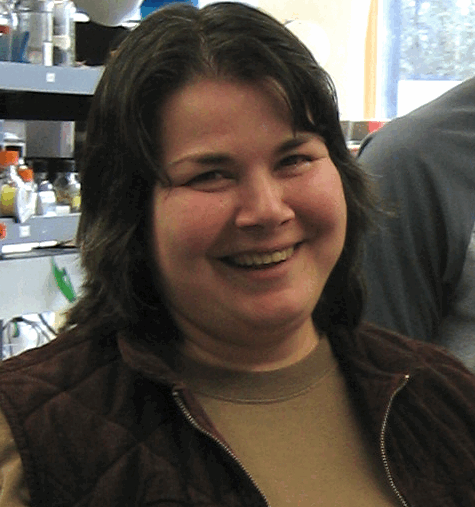
Postdoctoral Fellow
Mechanism of CUP1 autoregulation
I am studying the regulatory mechanisms involved in one of the copper homeostasis genes, the CUP1 gene. CUP1 encodes a copper metallothionein (Cup1p), a protein involved in metal detoxification. The transcription of CUP1 is activated rapidly upon exposure of cells to copper. Cup1p binds copper ions with high affinity and therefore removes excess free copper from the cellular environment, minimizing the deleterious effects of this toxic metal ion. However, if the expression of this metallothionein is not turned off rapidly after the excess copper is bound, it continues to bind all the copper ions in the cell. Complete removal of copper by the excess metallothionein could lead to copper starvation and cessation of growth since a trace amount of copper is essential for normal functions of numerous proteins. A significant amount of work has been done on mechanisms leading to activation of CUP1 gene and many of the components involved in this process have been identified. However, the mechanism of the shutdown process is still not understood. I wish to elucidate the molecular mechanisms involved in transcriptional shutdown of the CUP1 gene in yeast, which will be a major step forward in our understanding of the complete regulatory mechanisms involved in regulation of this gene. In addition to exposure to copper, the CUP1 gene can also be activated by cobalt, heat shock, oxidative stress or glucose starvation, suggesting that Cup1p is an important player in multiple stress pathways. Therefore, information obtained on CUP1 gene regulation will aid not only in understanding of heavy metal homeostasis, but stress response in general. Identifying the limits of cellular responses to stressful environments is essential for understanding adaptation of more complex organisms to extreme environments and for assessing environmental health problems.
